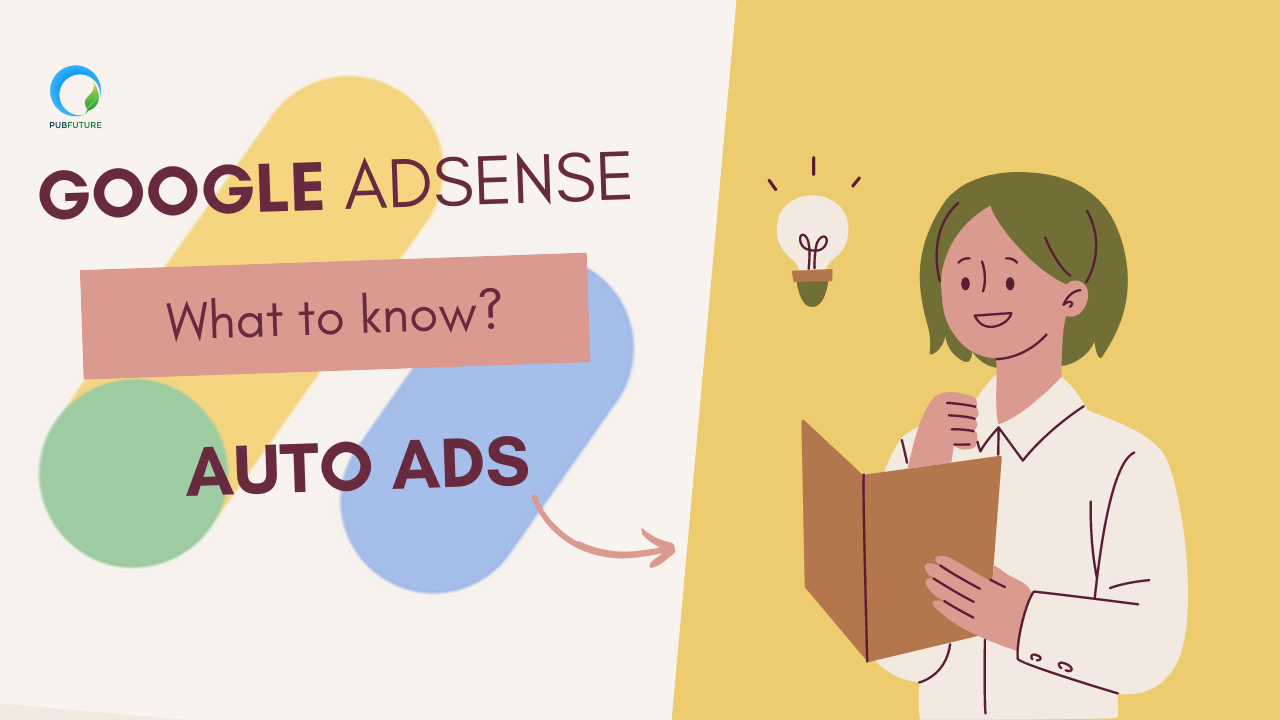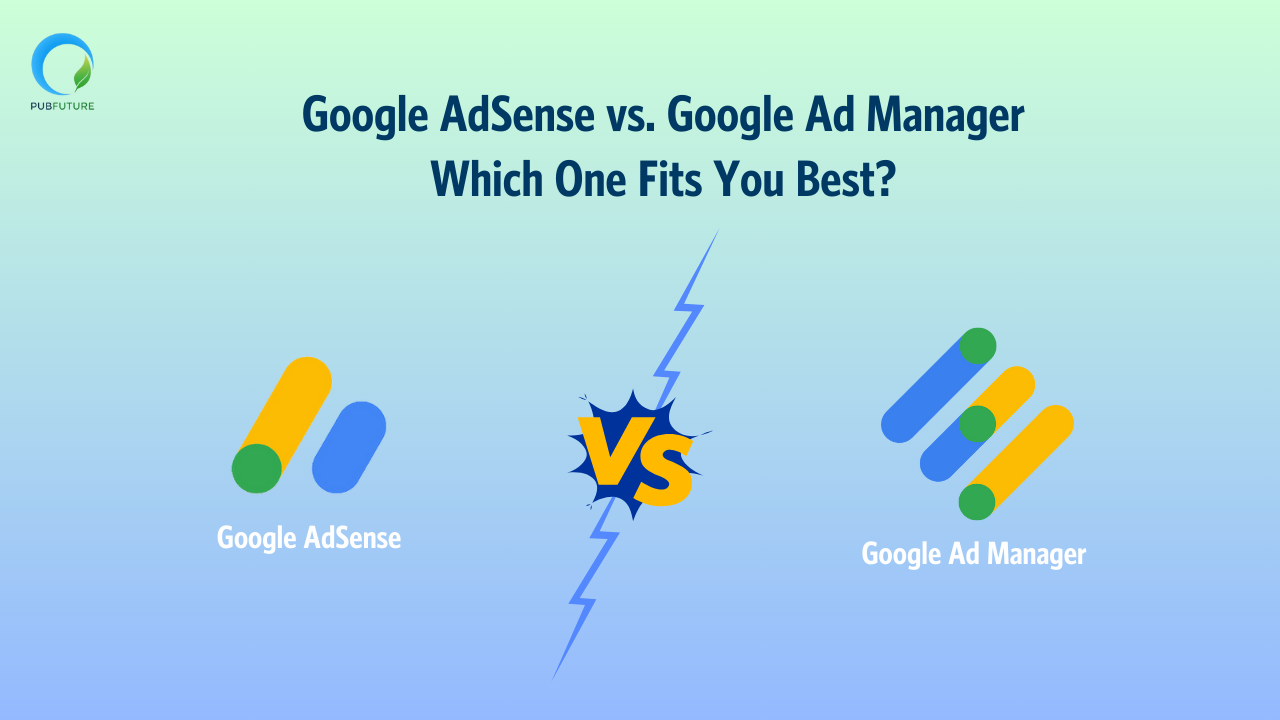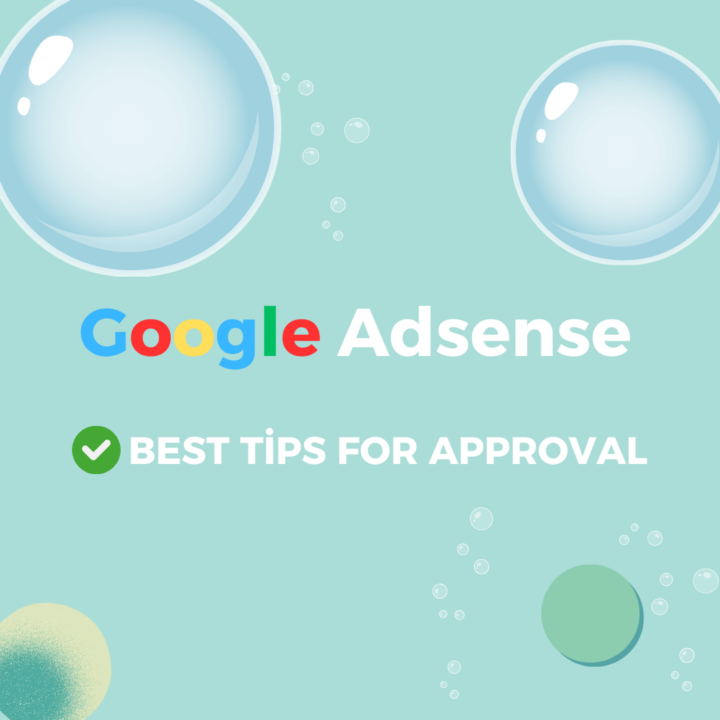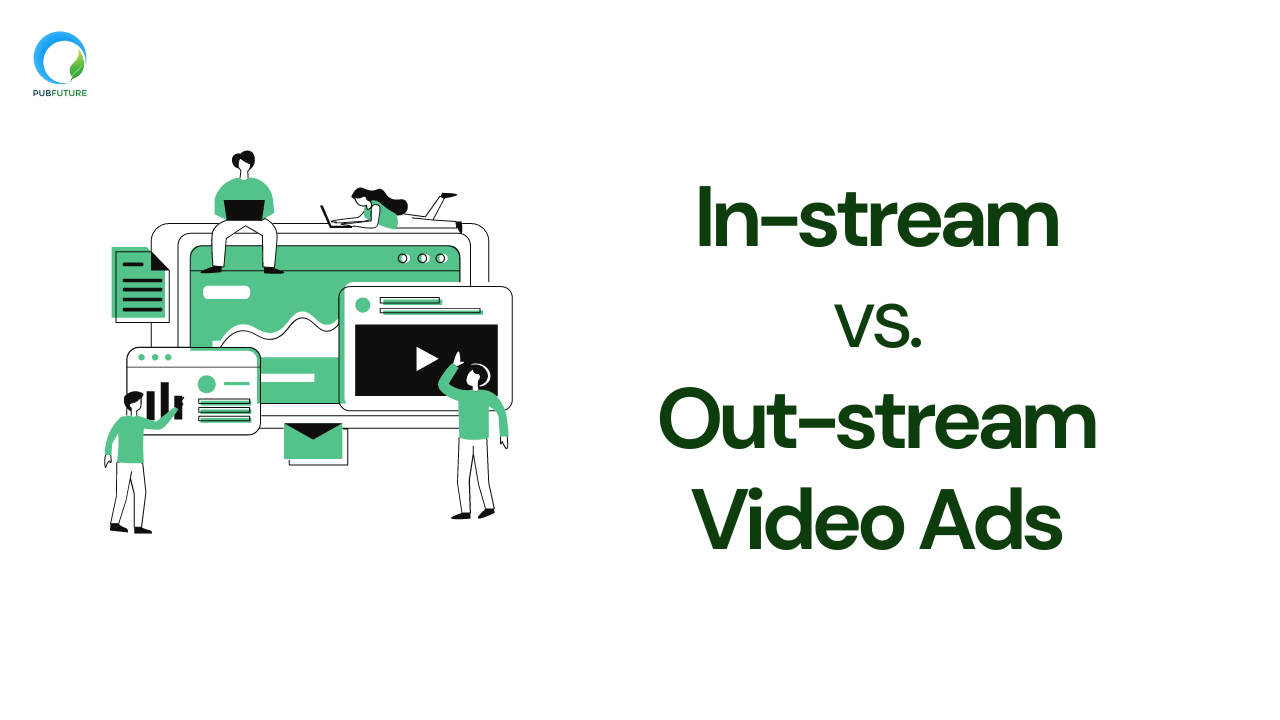To maximize revenue generation on online platforms, it is essential to have a thorough understanding of and effectively implement Google AdSense Auto Ads. The landscape of advertisements is evolving, with ads now equipped with advanced capabilities. AdSense utilizes machine learning to scan various sections of a webpage and strategically place ads only when they are likely to perform well. Importantly, AdSense Auto Ads do not override or obstruct existing ad units, but rather provide an additional avenue for generating revenue.
In this complete guide, our goal is to offer detailed information, uncover all the advantages, and provide a step-by-step explanation to easily set up AdSense Auto Ads, guaranteeing increased profitability.
AdSense introduces Auto ads, a remarkable feature that utilizes machine learning to automatically generate ad placements on websites. Publishers can effortlessly implement this feature by adding a single JavaScript snippet to their websites, allowing AdSense to take care of the rest. This includes analyzing web pages, identifying potential ad placements, and displaying ads.
Furthermore, AdSense offers auto ads specifically designed for AMP-enabled webpages, providing publishers with a convenient solution to avoid the manual setup and management of ad layouts.
Auto Ads: Available Formats
The following ad formats are supported by auto ads:
- Text and display ads: You can easily add banner ads to your webpage using text and display ads. These ads have the flexibility to appear anywhere on your pages.
- In-article ads: With readers in mind, in-article ads are specifically crafted to seamlessly blend into the paragraphs of your pages, allowing for a native advertising experience.
- In-feed ads (mobile only): In-feed ads seamlessly blend with the content. They are inserted within an editorial feed, which consists of articles or news, or a listings feed that displays products and services.
- Matched content ads (mobile only): Matched content refers to a specific type of mobile ad that integrates ads with content suggestions from your site.
- Anchor ads: Anchor ads are ads that stay at the edge of the user’s screen and can be easily closed
- Vignette ads (mobile only): Mobile full-screen ads called vignette ads pop up between page loads on your site. Users have the option to skip them whenever they like.

Source: flauntdigital.com
It’s important to note that certain formats, like text/display ads and in-page ads, may compete for the same ad placements. Enabling all formats can lead to increased bid competition, which can ultimately boost your overall ad revenue.
Auto Ads: Pros and Cons
AdSense Auto ads are a useful feature, but like everything else, they have their pros and cons. Here are a few benefits and drawbacks of using these ads:
Pros
- Uncomplicated setup: Save time and effort by pasting the AdSense code onto your chosen pages. Google will handle the rest, eliminating the need for manual ad unit setup, additional code, or further optimizations.
- Easy and simple control settings: Set your preferred ad formats for Auto ads with ease. Before applying the changes to your ads, you can preview them on both desktop and mobile..
- Mobile friendly: Auto ads adjust to fit any screen size. They even include mobile-only formats like anchor ads and vignettes.
- Revenue boost: Auto ads review your pages to find suitable ad locations based on your site’s structure, content, and the ads already displayed by Google. This can help maximize your earnings.
Cons
- Limited control: Auto advertisements have changed in recent years, giving publishers the ability to decide how many ads they want on their pages and what formats to use. You can also choose specific areas of your website where you don’t want Google to display ads, in order to enhance user experience. However, the control is still somewhat restricted compared to manually placing ads, and publishers have to depend on machine learning to determine the most suitable ads for their audience.
- User experience may deteriorate: With Auto ads, the user experience on your website can be quite different. Some users may only see one ad at a time, while others may be bombarded with various types of ads due to increased competition. Allowing Google to make the decision can save you time and effort, but it could also result in losing your audience.
How to Set up Auto Ads?
To set up Auto ads, follow these steps:
- Sign in to your AdSense account.
- Click Ads.
- On the Auto ads page, click Get started.
- On the Choose global settings page, simply use the controls to pick the ad formats you want to display
- Leave Automatically get new formats selected if you want AdSense to automatically add new ad formats to your global settings as they become available.
- Click Save.
- On the Place code on your page page, click Copy code.
- Place the ad code between the <head> and </head> tags on each page where you want Auto ads to appear
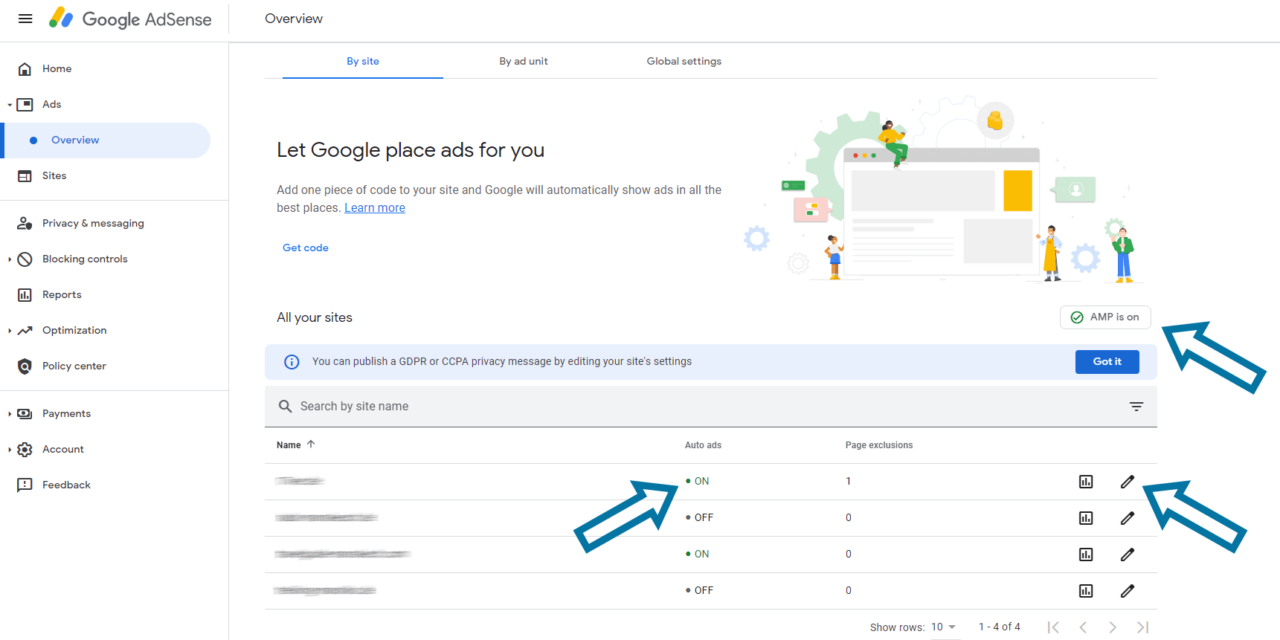
Source: wpadvancedads.com
Once you’ve activated Auto ads on your site, you have the option to customize ad settings for different sections of your website using advanced URL settings. For example, if you only want to display in-feed ads on archive pages, you can achieve this by creating a URL group specifically for that purpose.
Publishers have the flexibility to create separate URL groups for domains, subdomains, sections, and individual web pages using auto ads. However, please note that there is a limit of 500 URL groupings.
Conclusion
For new and inexperienced AdSense publishers, automated ads offer a remarkable advantage. This feature enables them to swiftly establish their ad layout without dedicating excessive time.
However, publishers who desire more control over their ad inventory, wish to engage with multiple ad networks and exchanges, and require advanced ad tech features such as header bidding and adblock monetization, should consider exploring alternative ad serving solutions.




